The history of NASA in pictures
NASA in pictures
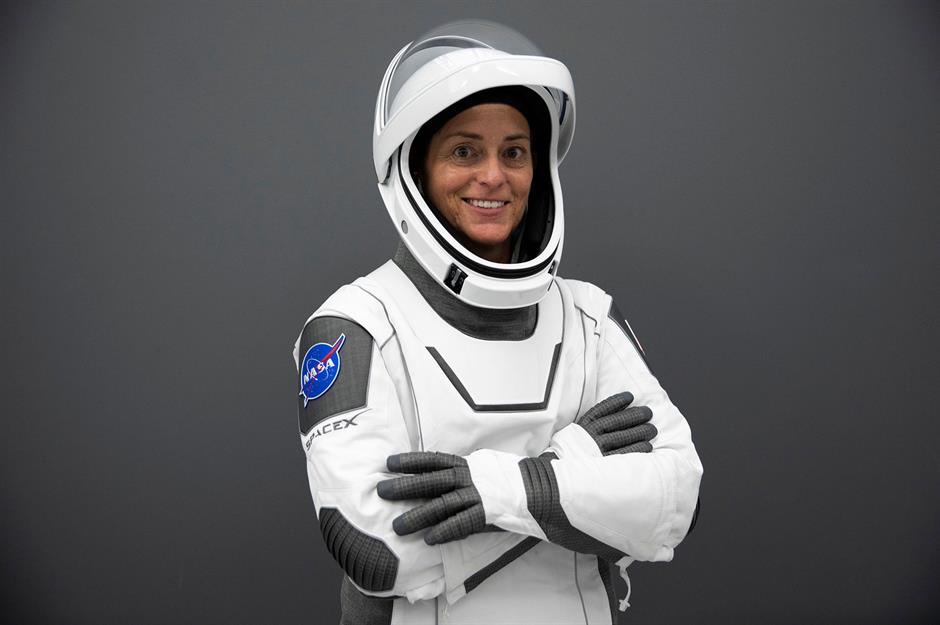
Whether it’s sending the first human to the Moon or discovering the mysteries of the universe, NASA has been a pioneer in space research and exploration for over 60 years. From some of history’s most groundbreaking events in science and technology to incredible images showcasing the greatest discoveries from our Milky Way, here we take a look at NASA’s history in pictures.
Apollo 11 launches into history

At 9.32am Eastern Daylight Time on 16 July 1969, a wispy flame signalled lift-off for the Apollo 11 Saturn V space rocket from the Kennedy Space Center’s Launch Complex 39A in Florida. This mission would be the first spaceflight that successfully landed humans on the moon.
Love this? Follow our Facebook page for more travel inspiration
The trio that started it all
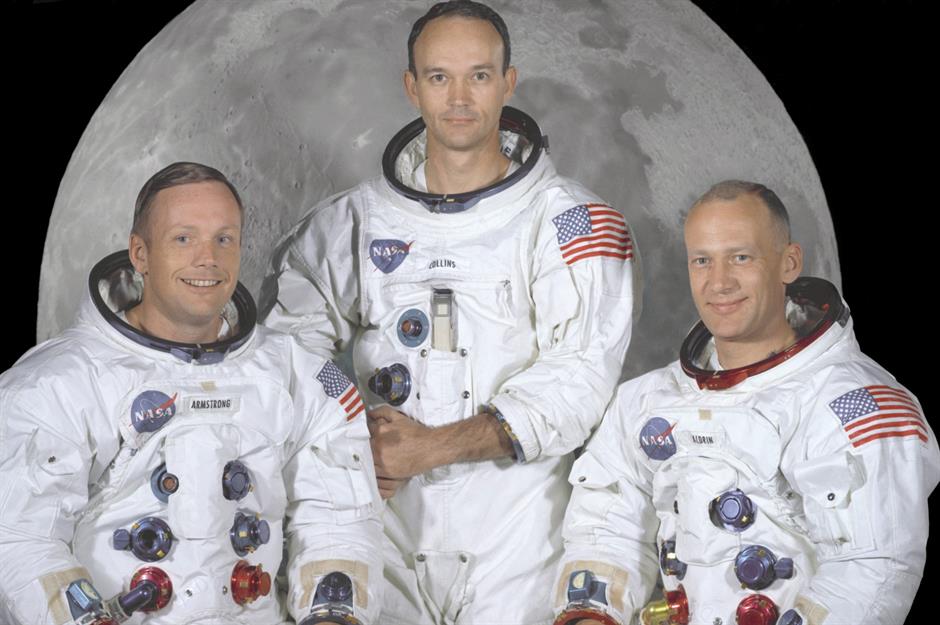
This portrait is of Apollo 11's crew: commander Neil Armstrong, Command Module pilot Michael Collins and Lunar Module pilot Buzz Aldrin. On 20 July 1969, the crew landed on the Moon, Armstrong stepped off the Eagle’s landing and said: “That’s one small step for man, one giant leap for mankind”. Heard by millions around the world on TV and radio, Armstrong’s words have become one of the most famous quotes in history.
One small step for man

This incredible photo shows the boot print of astronaut Buzz Aldrin from the Apollo 11 mission. On 20 July 1969, when Apollo 11 landed, American astronauts Aldrin and Neil Armstrong, became the first two people to ever walk on the Moon. The historic triumph saw the US take the lead in the Space Race against Russia’s Soviet Union.
Astronaut Neil Armstrong walks on the moon
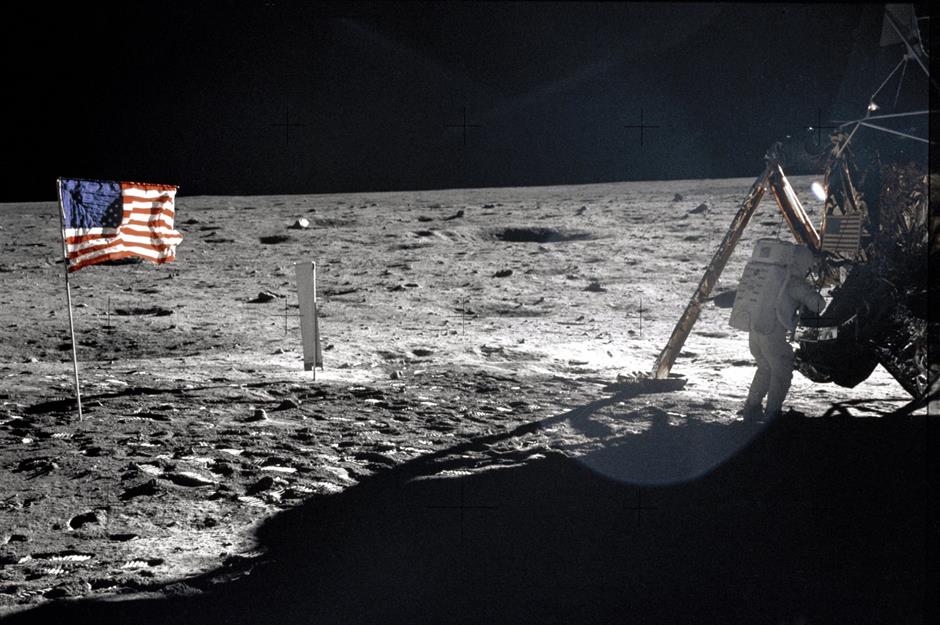
View of Earth from Apollo 11
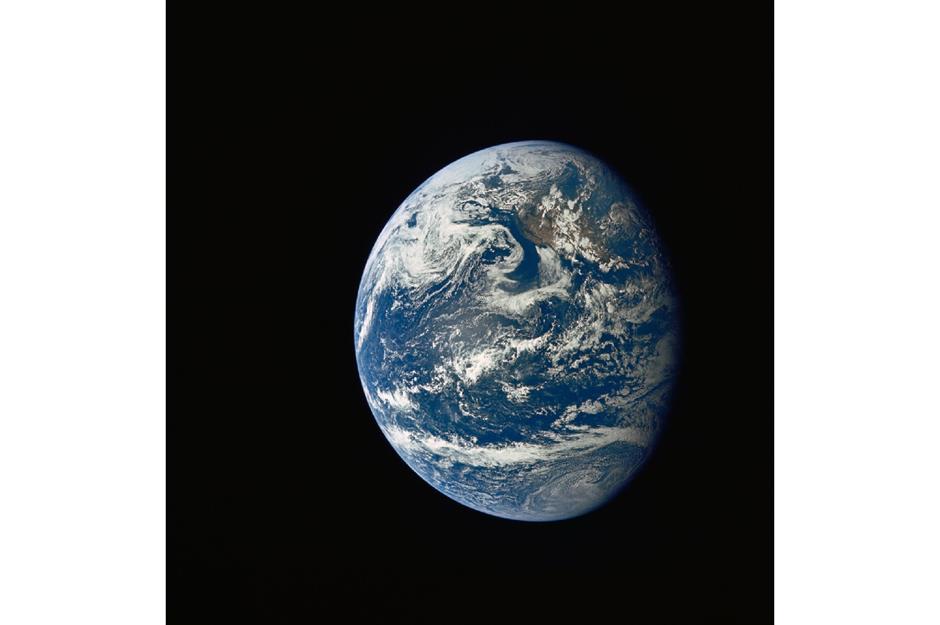
A day of celebration
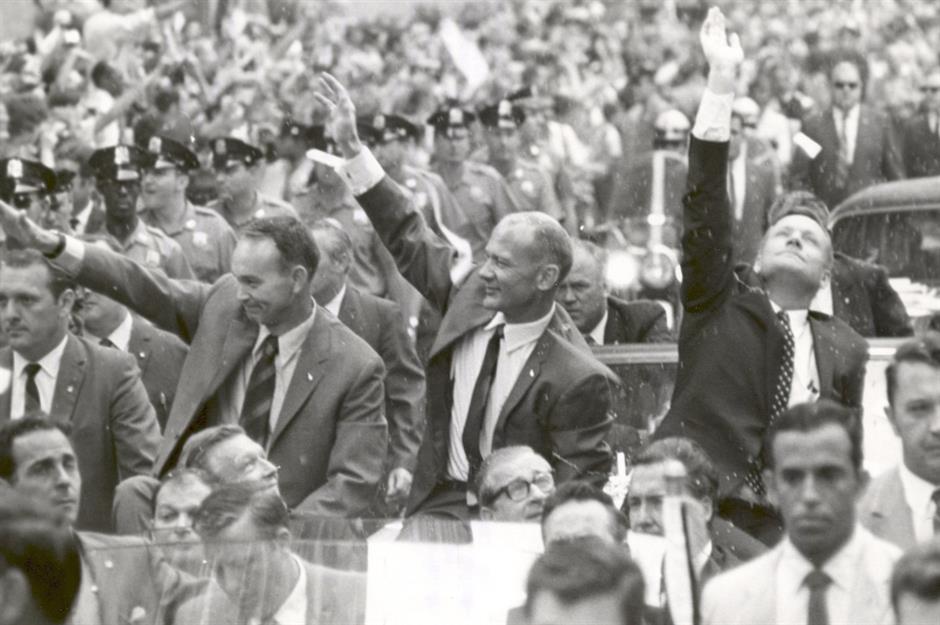
In August 1969, New York City welcomed back the three Apollo 11 astronauts, Neil Armstrong, Michael Collins and Buzz Aldrin, from their incredible mission, successfully completing the first-ever manned moon landing. A parade for the astronauts' return stretched down Broadway and Park Avenue and it was the largest ticker tape parade in the city’s history at the time.
20th anniversary of when man first walked on the moon
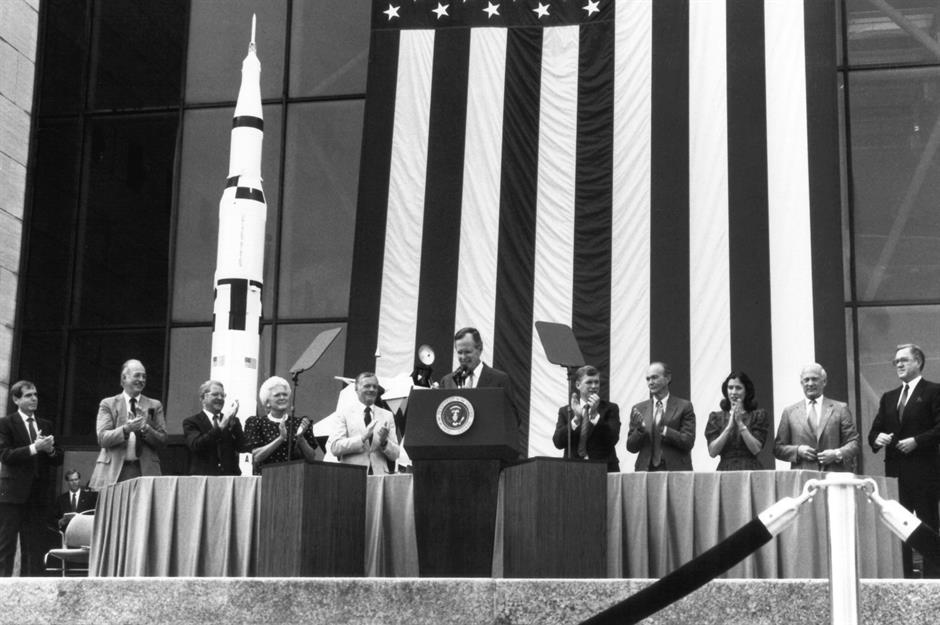
Former president George Bush is shown speaking at the National Air and Space Museum’s 20th anniversary celebration of the Apollo 11 moon landing on 20 July 1989. It was here that Bush also announced his new Space Exploration Initiative which included completing the space station, returning to the Moon and taking humans to Mars for the first time. The initiative later fell through after Congress resisted due to the sky-high $500 billion (£360bn) budget needed and NASA returned to its earlier programme of developing robotics for space travel.
Neptune

On 25 August 1989, Voyager 2 was the first and only spacecraft so far to fly by the planet Neptune and its two satellites, Triton and Nereid. The planet’s bold blue colour is caused by the methane in the atmosphere. Research continues on Neptune’s two largest satellites and the other six that were discovered during Voyager 2’s investigation.
Free-flying in space
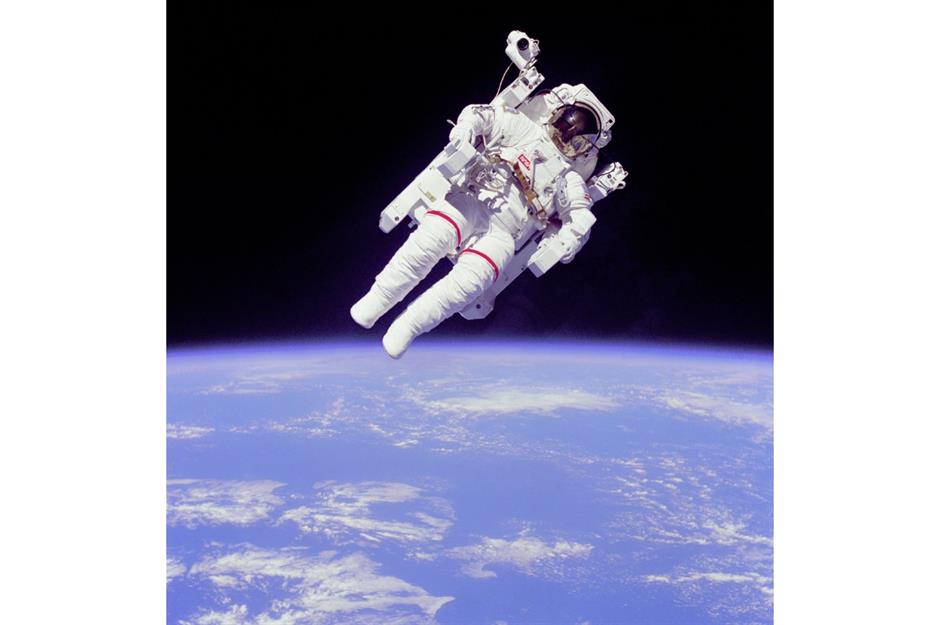
This iconic image is of mission specialist Bruce McCandless II, who completed the first-ever untethered spacewalk in 1984. Thanks to the Manned Manoeuvring Unit, which is a nitrogen propelled hand-controlled backpack, McCandless went “free-flying” 320 feet (97.5m) away from the spacecraft. It was the furthest away an astronaut had ever ventured from their spacecraft and went down in history.
The ultimate weather shot
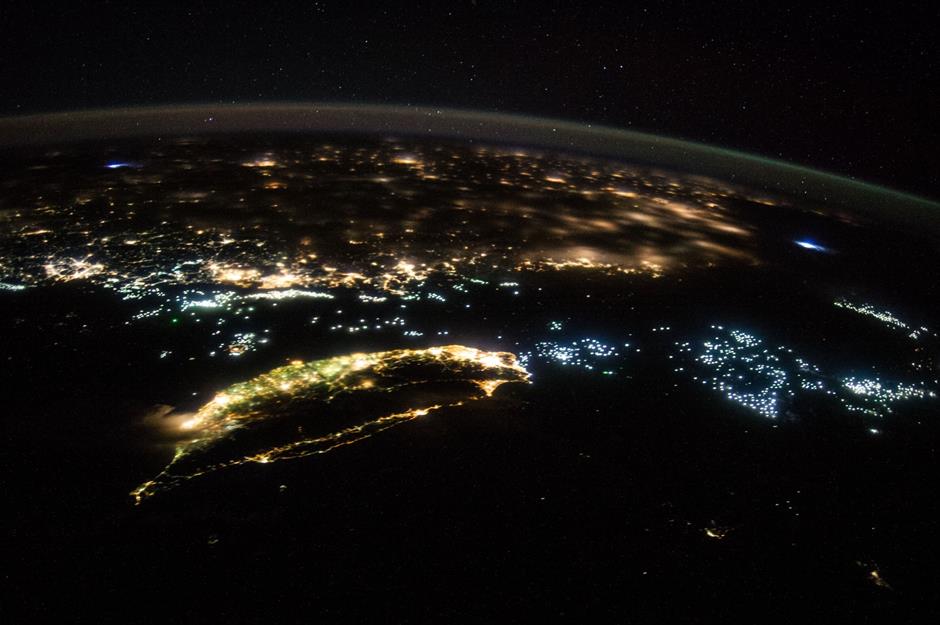
This stunning photograph shows lightning taken aboard the International Space Station by the crew of Expedition 40. Lightning can be seen on both the left and the right of the image, captured from an altitude of 222.5 miles (358km).
An out-of-this-world selfie
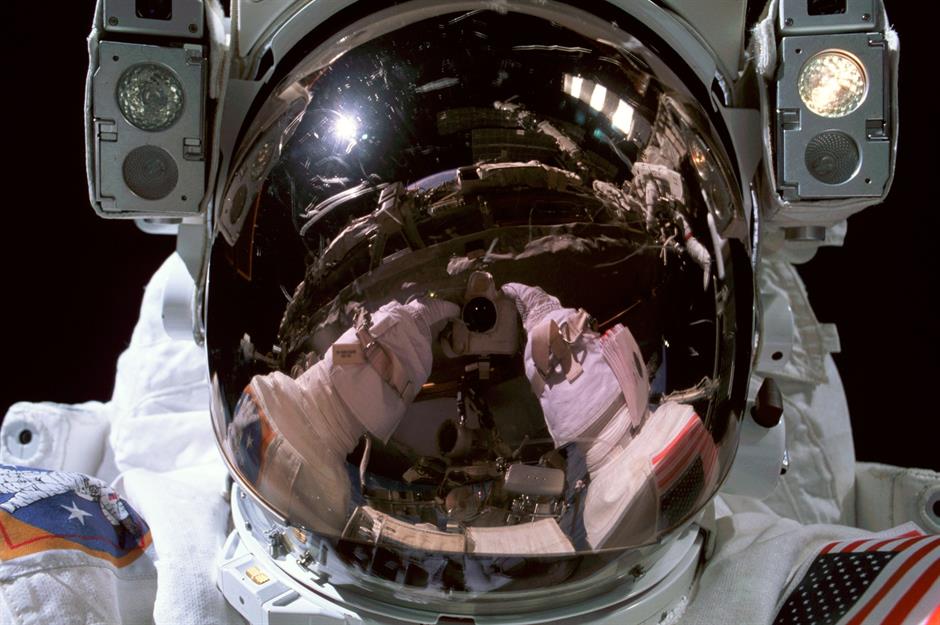
Satellites for sale
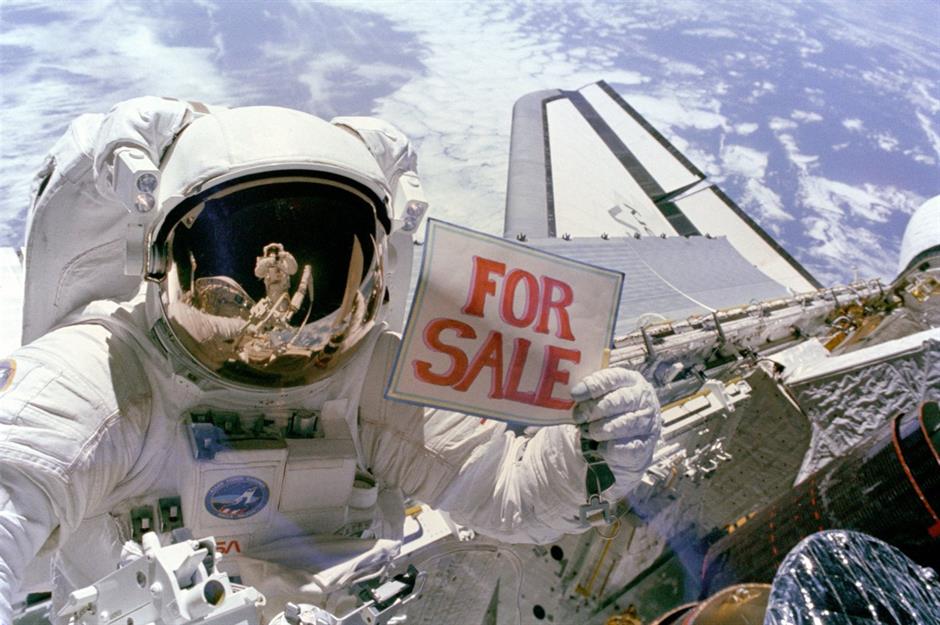
This hilarious shot by astronaut Joseph Allen shows astronaut Dale Gardner holding a ‘For Sale’ sign after completing a major portion of his second expedition outside the spacecraft in 1984. The sign refers to the two satellites, Palapa B2 and Westar 6, that they retrieved from orbit after their Payload Assistant Module (a rocket attached to a satellite) failed to fire. The image depicts Allen in Gardner’s visor as well as the two recovered satellites.
Pioneering spacewalk
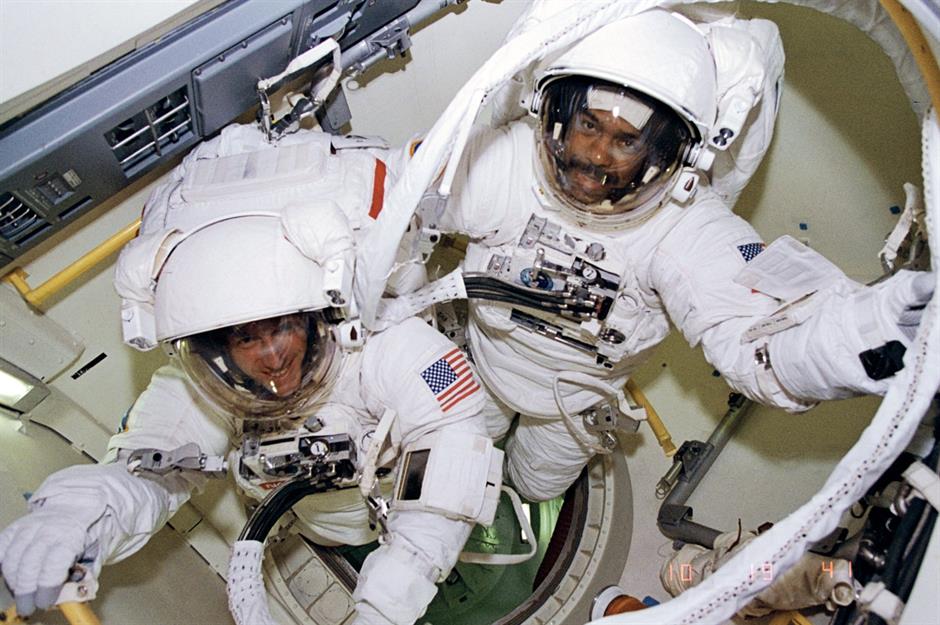
In this image, astronauts Bernard Harris, STS-63 payload commander (on the right) and mission specialist Colin Michael Foale are preparing to exit the airlock of the space shuttle Discovery and venture outside. During this particular mission in February 1999, Harris became the first African-American to walk in space while Foale became the first British citizen.
Check out these jaw-dropping images of the world’s weather taken from the skies
Amazing Earth

Friendship 7
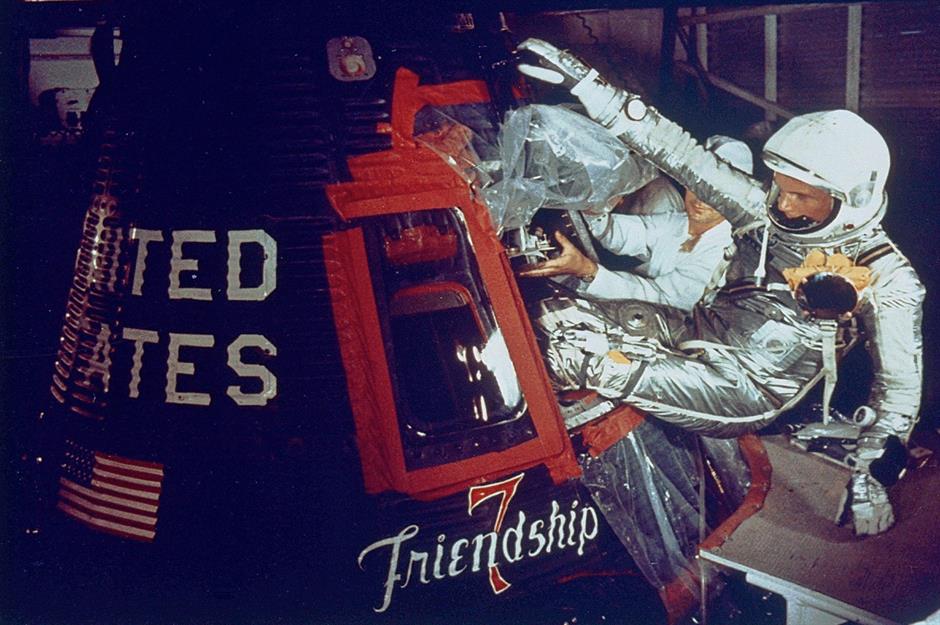
Carina Nebula
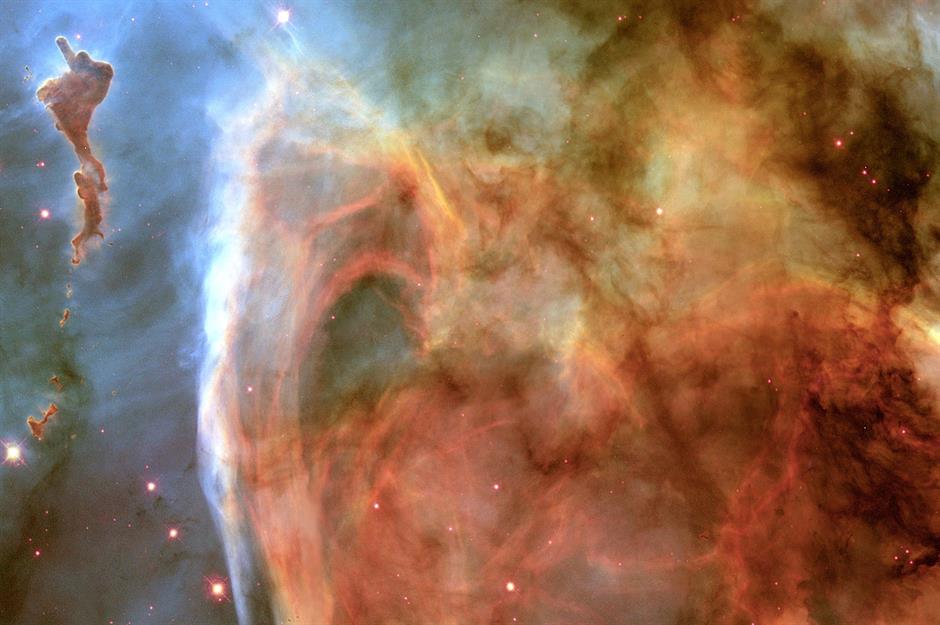
This mystical photo reveals previously unseen details of the mysterious and complex structure of the small dark cloud of molecules and dust within the Carina Nebula (NGC 3372). This image is actually a montage of four different April 1999 telescope points courtesy of the Hubble’s Wide Field Planetary Camera 2, using six different colour filters. With a diameter of over 200-light-years, the Carina Nebula is one of the most impressive features of the Milky Way.
Astronaut Ed White performs America’s first spacewalk
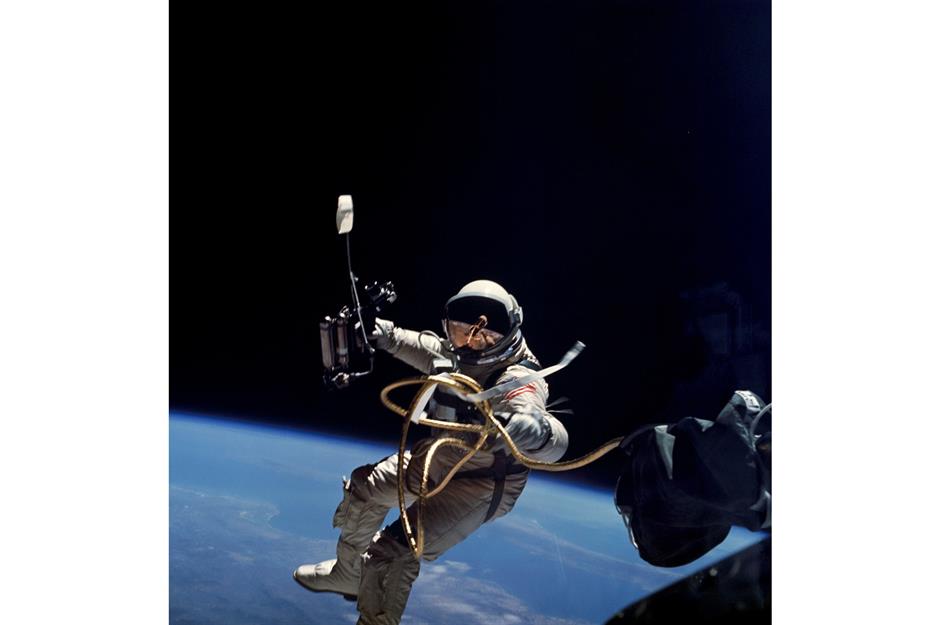
On 3 June 1965, astronaut Edward White, who was the pilot for the Titan IV space flight in the Gemini IV Mission, is pictured floating during America’s first spacewalk. White spent 23 minutes suspended around his spacecraft attached by a gold-taped cord. In White’s right hand he’s holding a Hand-Held Self Manoeuvring Unit, which he used to help him move around space. His gold-plated helmet protects him from the sun’s unfiltered rays.
Sunlight over Earth
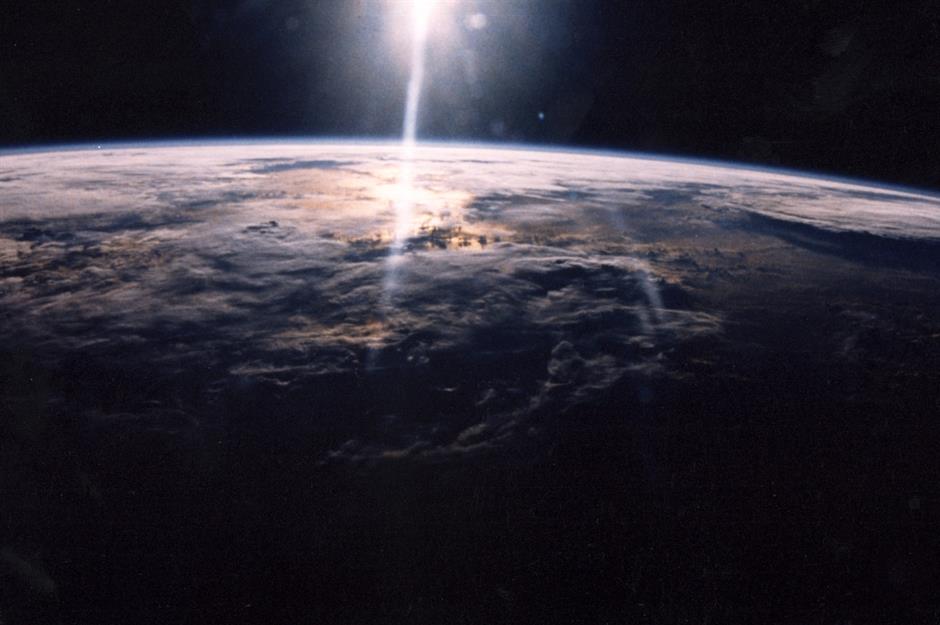
A new era of space travel

The Southern Lights from the International Space Station
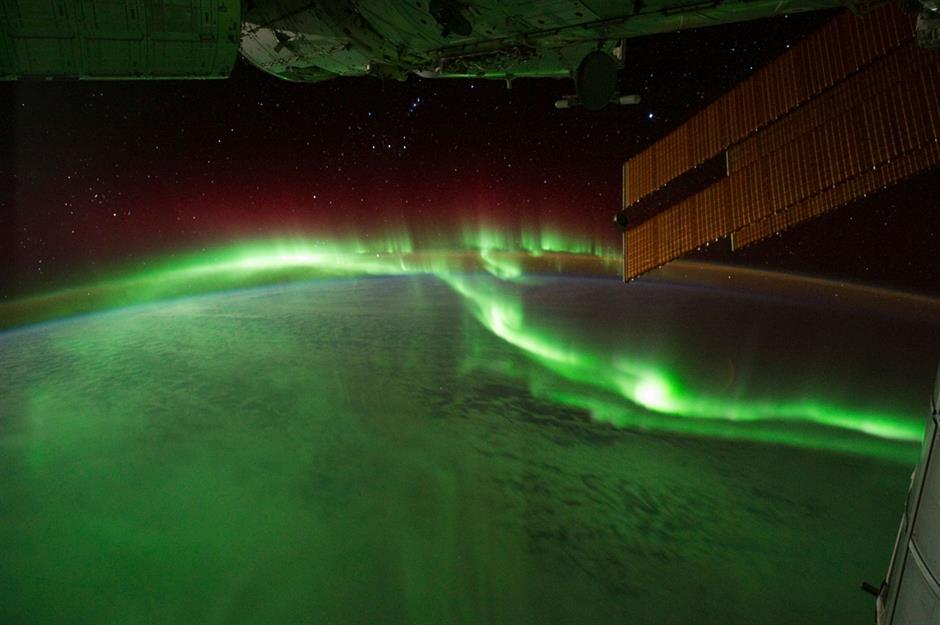
The aurora australis is already a truly magical sight on Earth, but this image taken from space takes the incredible phenomenon to new heights. The International Space Station used a digital camera to take hundreds of images of the colourful ribbons of light as it passed from south of Madagascar to just north of Australia between 5.22pm and 5.44pm Universal Time on 17 September 2011. Auroras are a beautiful symbol of how our planet is electrically and magnetically connected to the sun.
Starry night
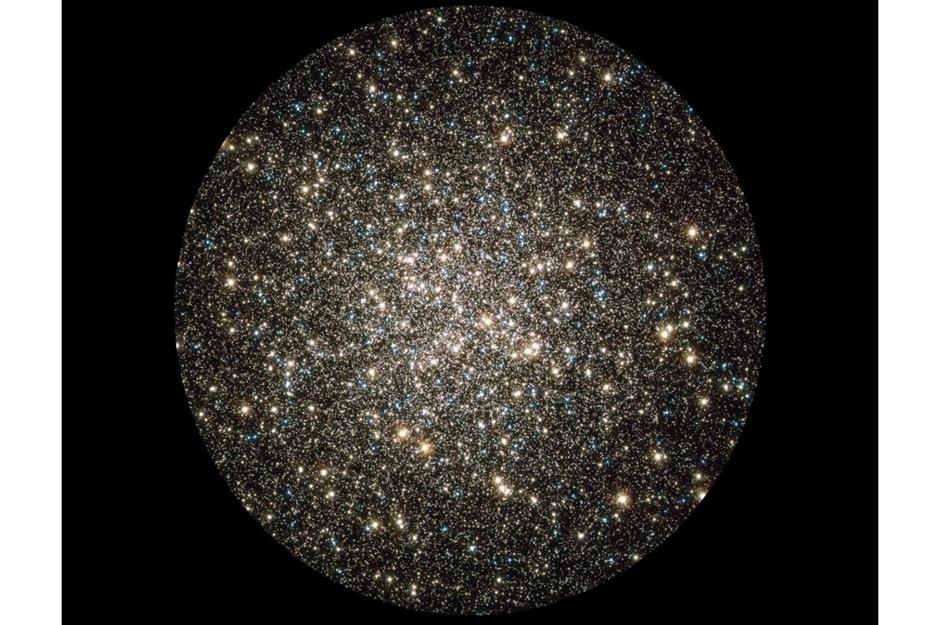
Resembling a sparkling snow globe, the Hubble Space Telescope took this beautiful snapshot of hundreds of thousands of stars whirling around in the globular cluster M13. Also known as the Hercules Cluster, it is one of the brightest and best-known globular star clusters visible from the Northern Hemisphere. During winter, M13 can easily be found within the constellation Hercules, even glanced at unaided when the sky is dark enough. Located 25,000 light-years away, it is home to over 100,000 stars, packed closely together in a ball roughly 150 light-years across.
Jack Fischer preparing for the 200th station spacewalk

NASA astronaut and Air Force colonel Jack Fischer is pictured wearing an American space suit during a fit check in preparation for his first spacewalk, which took place on 12 May 2017. This was also the 200th spacewalk at the International Space Station for maintenance and assembly. The walk, conducted by Fischer and Expedition 51 commander Peggy Whitson, involved replacing a large avionics box that supplied electricity and data connections for science experiments and lasted just over four hours.
An aurora from space
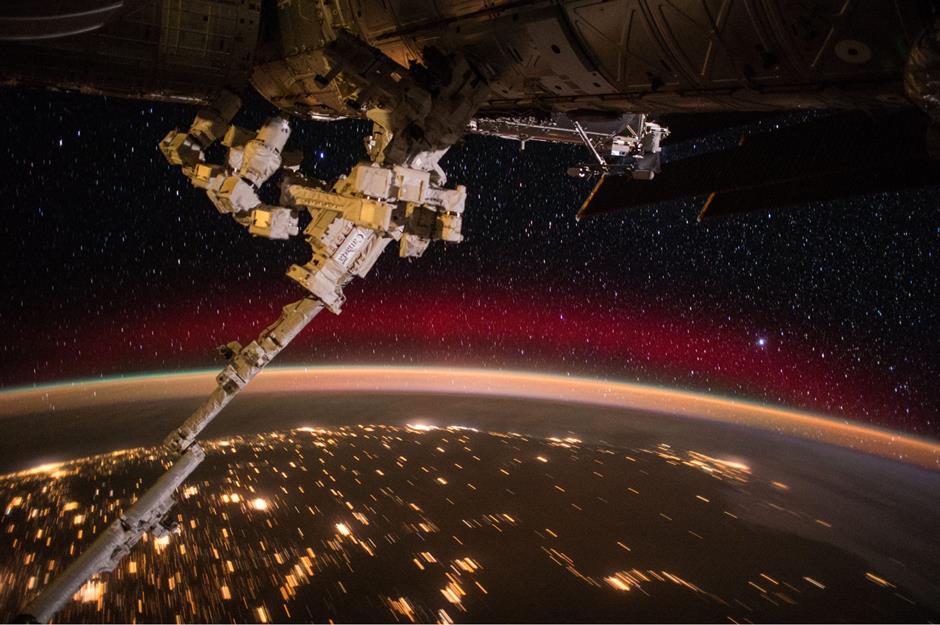
Mae Jemison, the first African-American woman in space

Taken on 22 October 1992, pictured here is NASA astronaut and engineer Mae Jemison aboard the Space Shuttle Endeavour (STS-47), working in the Spacelab-K module of the shuttle. Jemison was the first African-American woman in space and the first to become an astronaut.
Bright lights of America
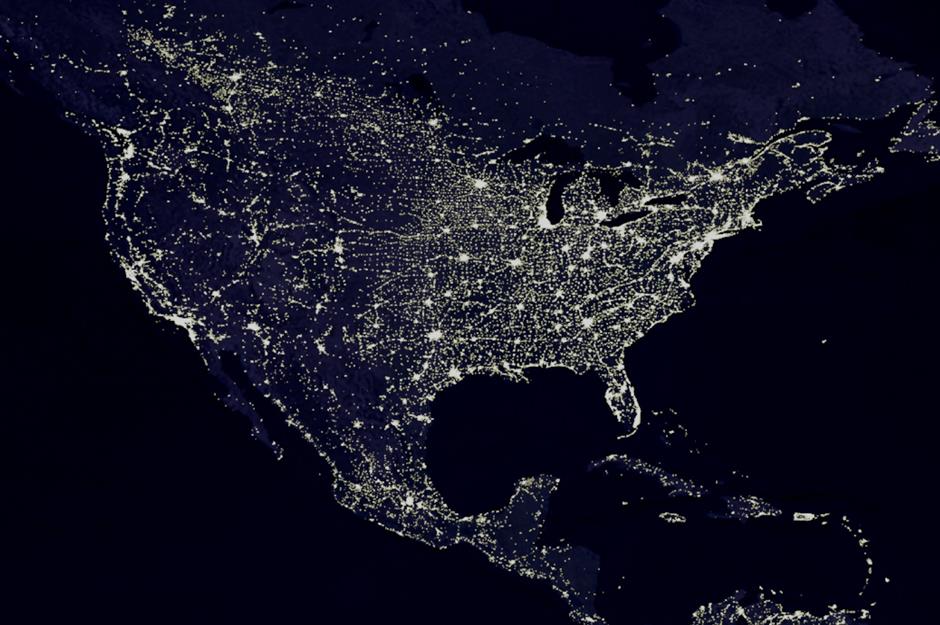
Alan Shepard on the moon
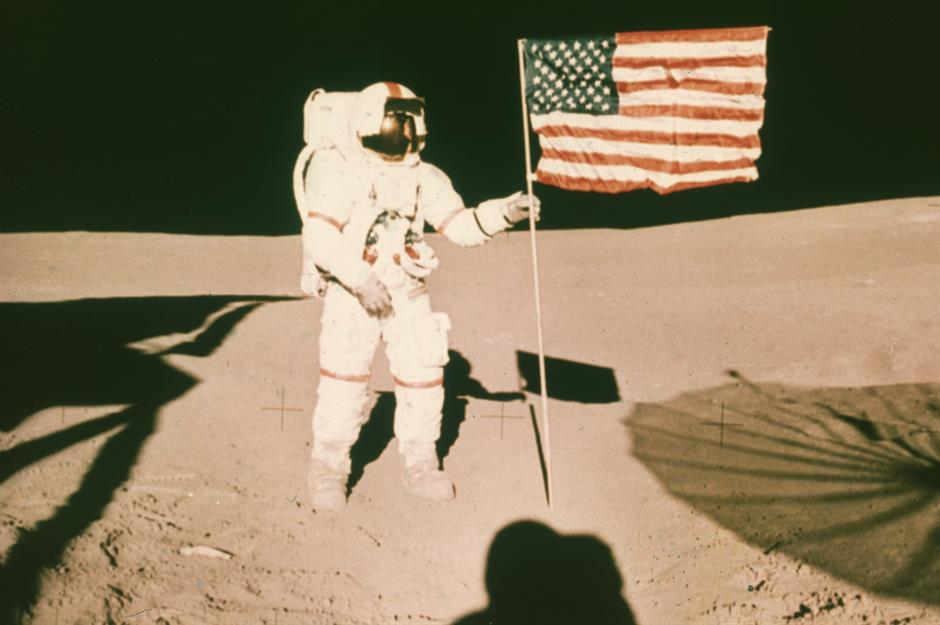
Another out-of-this-world image, astronaut Alan Shepard can be seen holding the pole of a US flag on the surface of the Moon during the Apollo 14 mission in 1971.
Ready to race
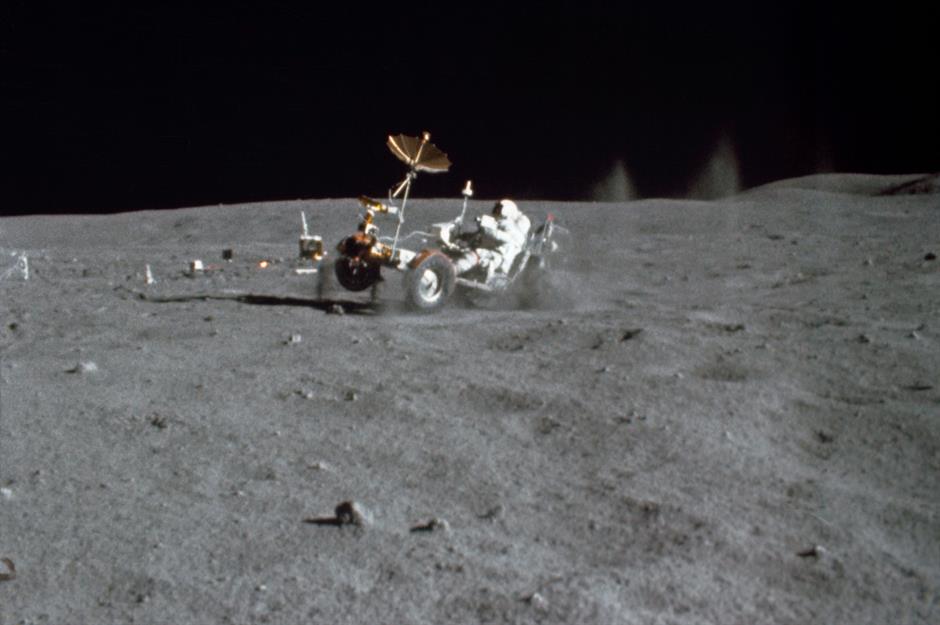
The Lunar Roving Vehicle gets a test drive by astronaut John Young during the first Apollo 16 spacewalk at the Descartes landing site on the Moon in 1972. Captured by fellow astronaut Charles Duke, the image is from a motion picture film exposed by a 16mm Maurer camera.
Mary Jackson
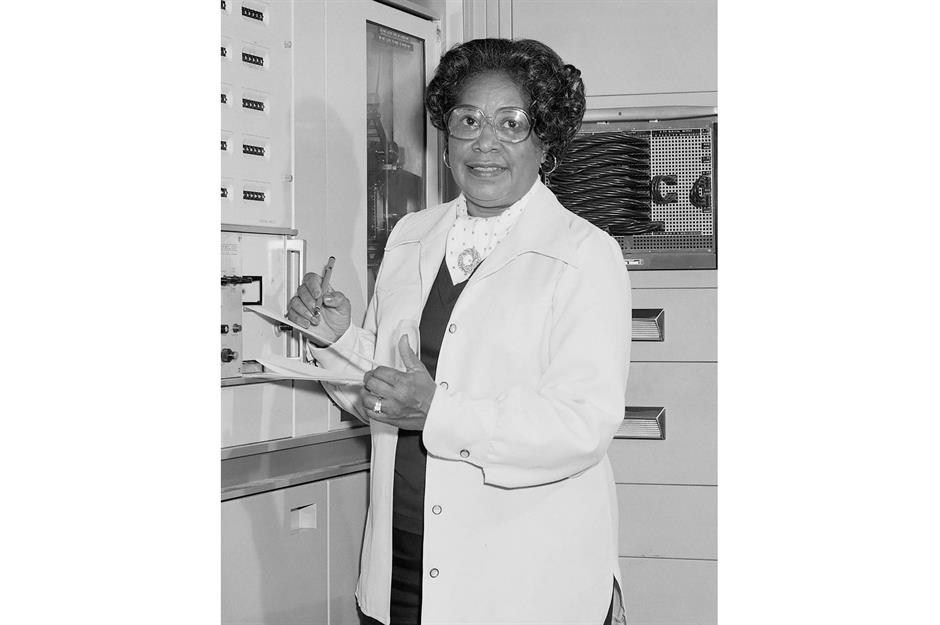
A legendary mathematician, Mary Jackson became NASA’s first black female engineer in 1958. Despite the segregation and gender bias at NASA’s Langley Research Center in Virginia during the 1950s and 1960s, Jackson played a crucial role in astronaut John Glenn’s launch into orbit and also helped promote opportunities for women in engineering and technology. The biographical film, Hidden Figures (2016) starring Janelle Monáe, Octavia Spencer and Taraji P. Henson is based on Jackson and other African-American female mathematicians including Katherine Johnson and Dorothy Vaughan.
Colourful star formation
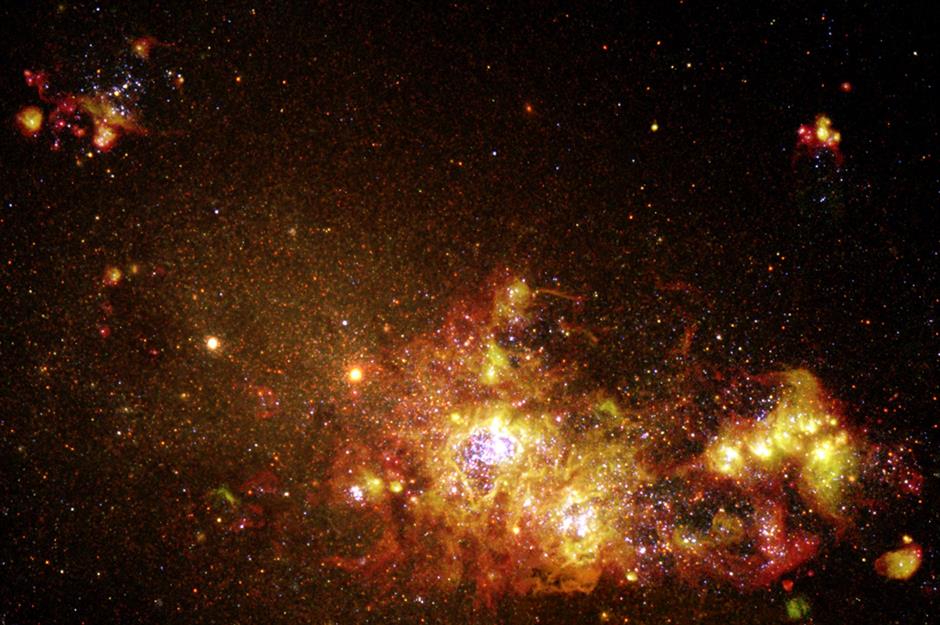
Situated some 23 million light-years from Earth, the NGC 4214 is a dwarf galaxy lit up with new stars forming from its interstellar gas and dust. Captured by the Hubble Space Telescope, the image was created using exposures taken in several colour filters with the telescope’s Wide Field Planetary Camera 2. Dominated by the filigreed clouds of glowing gas surrounding the bright stellar clusters, the NGC 4214 also contains various faint stars which cover most of the frame. Due to their blisteringly high surface temperature, the young stars have a pretty white and blue coloured glow in the image.
Atlantis docked to space station Mir
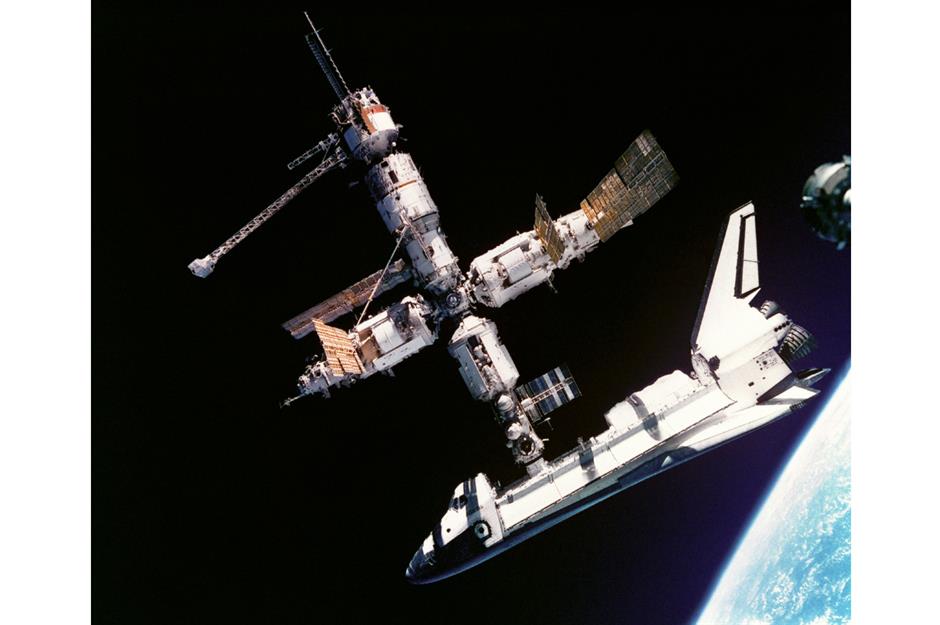
Photographed by Mir-19 crew members Anatoly Solovyev and Nikolai Budarin, this incredible image shows the Space Shuttle Atlantis still connected to Russia’s Mir Space Station during the Shuttle-Mir Programme. Between 1993 and 1998, Shuttle-Mir involved NASA and the Russian Space Agency working together in space. The collaborative programme was filled with many historic firsts in space exploration, including the first Russian aboard an American shuttle (Sergei Krikalev), and astronaut Norman Thagard became the first American aboard the Mir Space Station.
Astronaut Walter Schirra
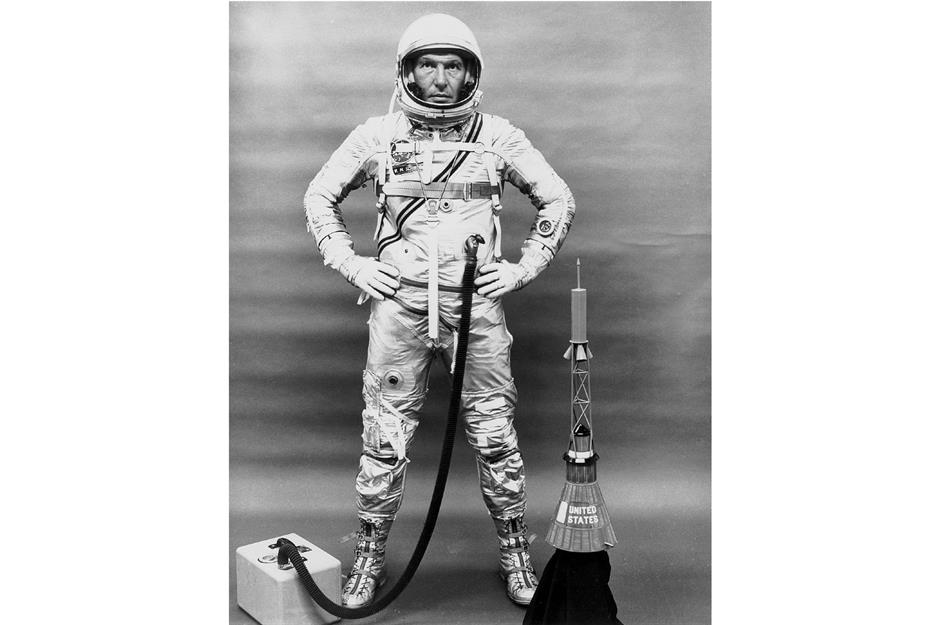
This image is of astronaut Walter Schirra, who was one of the original seven astronauts selected in 1959 to be part of NASA’s Project Mercury, the country’s first human spaceflight programme. The project ran from 1958 to 1963 during the Space Race against Russia's Soviet Union and the group of astronauts selected were known as the Mercury Seven.
Jupiter’s Great Red Spot as viewed by Voyager 1
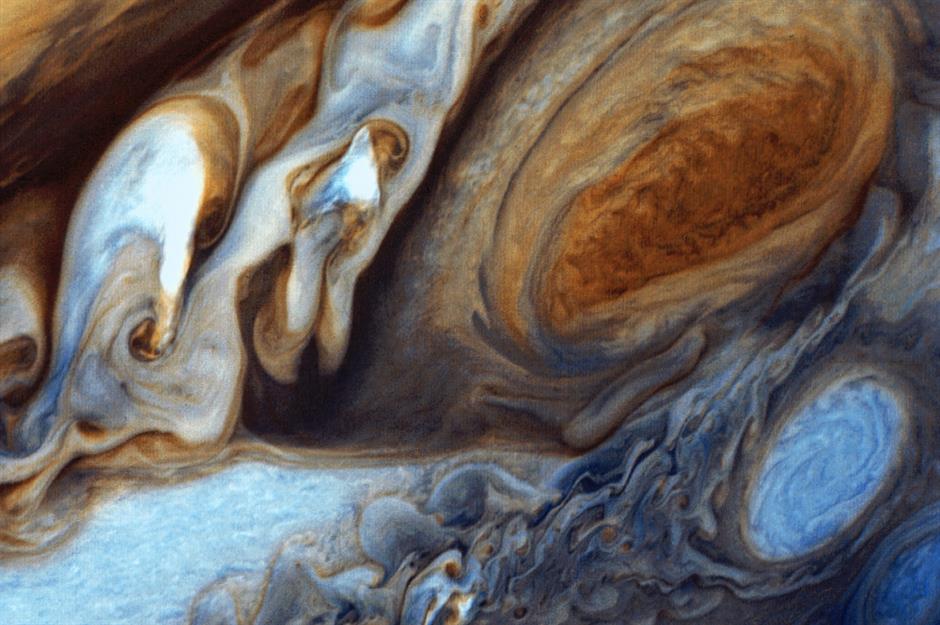
Measuring around 89,000 miles (143,200km) in diameter, Jupiter is the largest planet of our solar system and arguably one of the most impressive. Vibrant bands of clouds carried by winds exceeding up to 400mph (644 km/h) are known to continuously circle the planet’s atmosphere. These winds can cause spinning anticyclones like the Great Red Spot pictured here in Jupiter’s southern hemisphere. In 1979, Voyager 1 spacecraft took this close-up of the mystical swirling clouds around Jupiter's Great Red Spot using black and white negatives.
Galaxy NGC 300
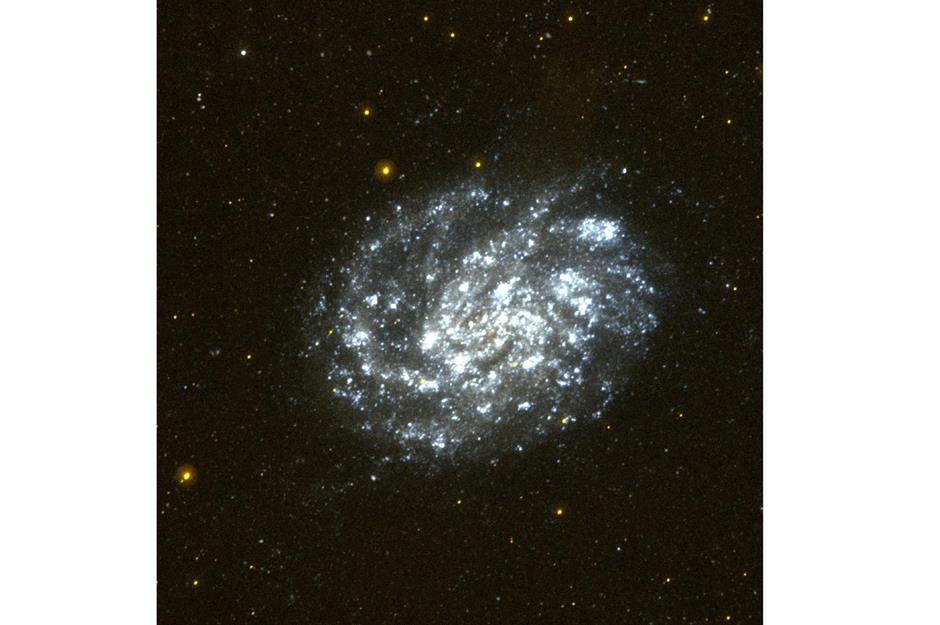
Chris Hadfield

This cool shot shows Canadian Space Agency astronaut Chris Hadfield watching a water bubble as it floats in the International Space Station’s Node 1. The image was taken during Hadfield’s stay on the space station during Expedition 34, a long-duration mission that took place between 2012 and 2013.
We love these images from the Astronomy Photographer of the Year awards
Venus transit across the sun

Expedition 1 crew
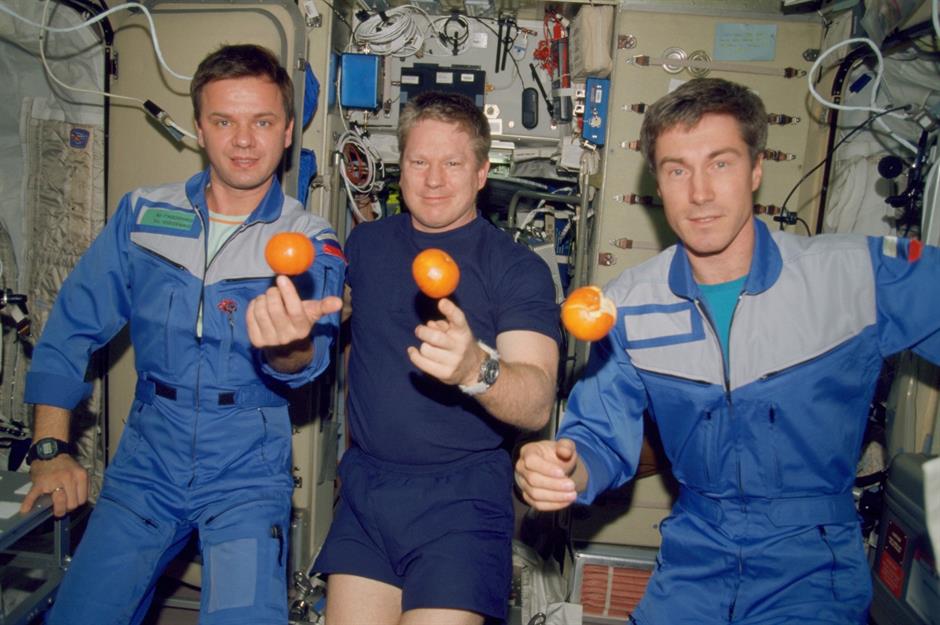
Astronaut samples lunar soil from the moon
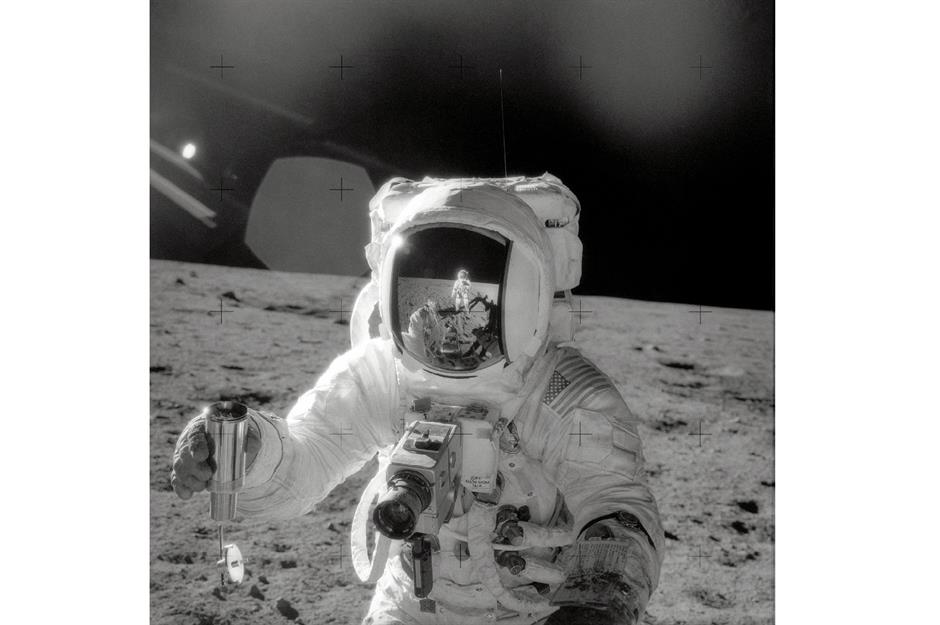
Where stars are born
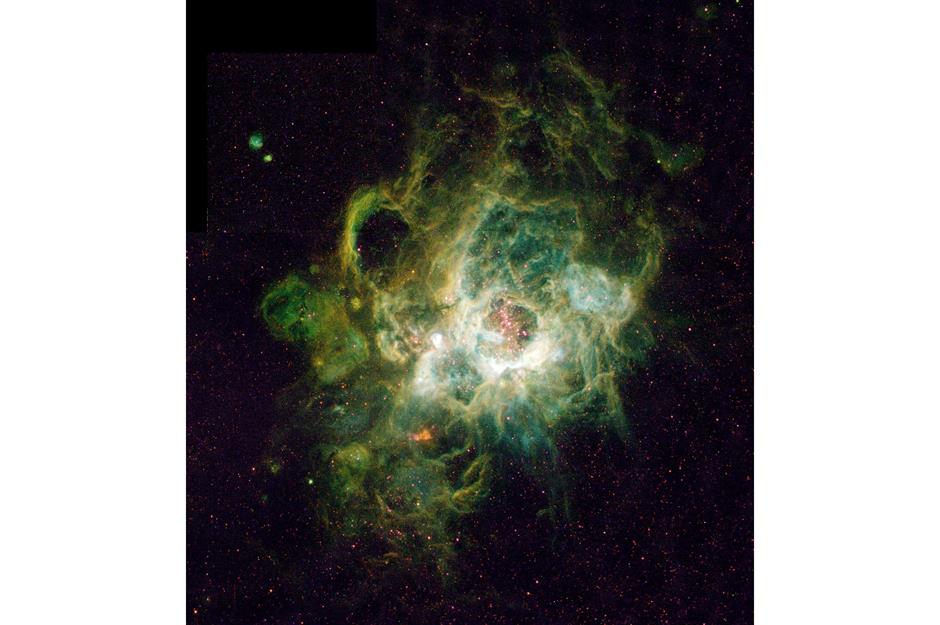
Another jaw-dropping shot captured by the Hubble Space Telescope, this image is of a mammoth nebula known as NGC 604, located in the neighbouring spiral galaxy M33. This is a site where new stars are being born within a spiral arm of the galaxy. At nearly 1,500 light-years across, this mighty nebula is so large that it can easily be seen in ground-based telescope images. In its heart, there are over 200 hot young stars, some even bigger than the sun.
Space shuttle Endeavour suspended in the sky

International Space Station
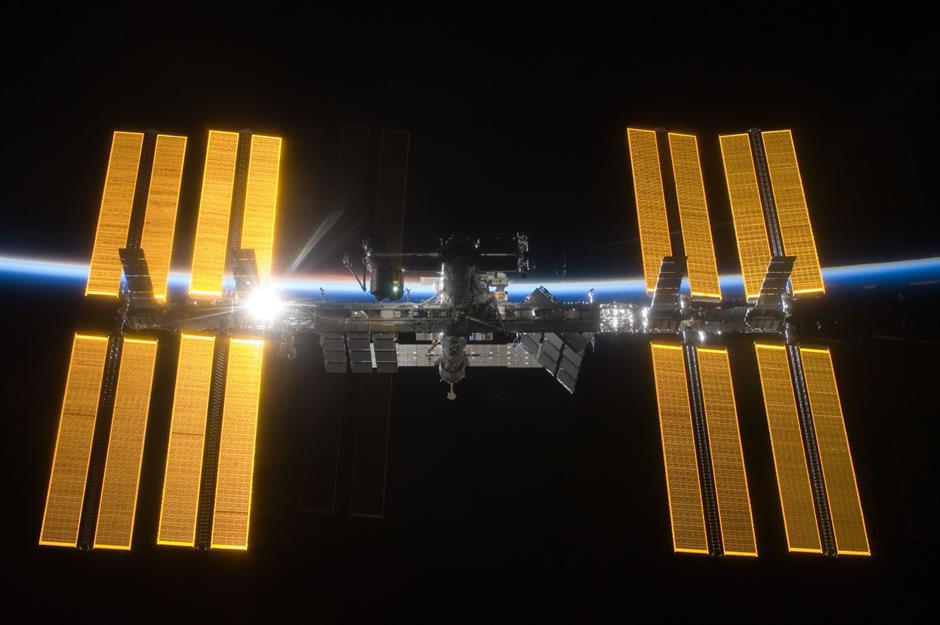
Set against the bold black backdrop of deep space and the thin line of Earth’s colourful atmosphere, the Apollo 17 crew captured this beautiful shot of the International Space Station from the Space Shuttle Discovery.
Ingenuity helicopter captures wreckage of Perseverance rover on Mars
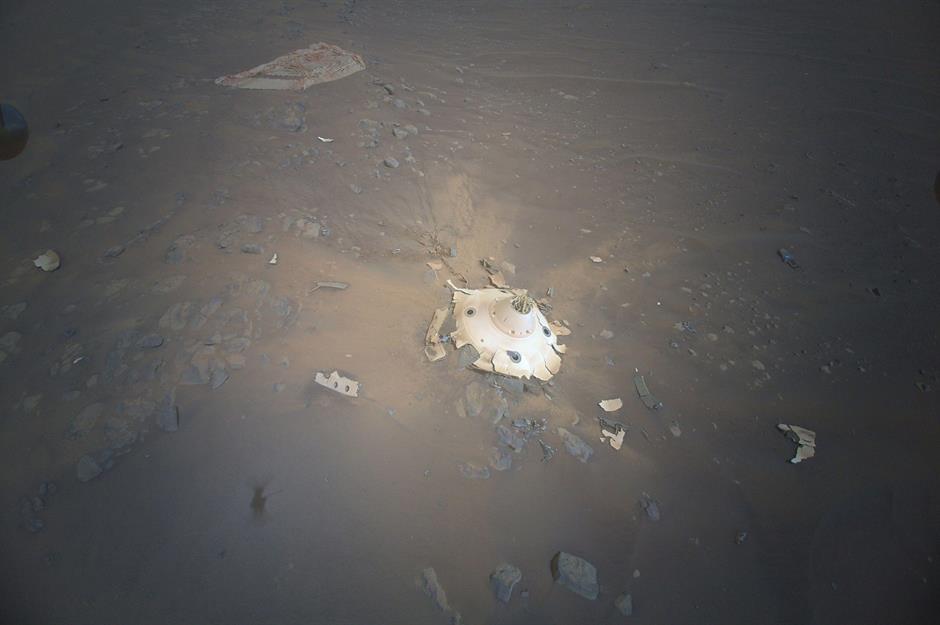
Photographed by NASA's Ingenuity helicopter, this incredible image shows the destroyed backshell of the Perseverance rover on the surface of Mars. During the Perseverance's landing on the red planet in 2021, this piece of equipment detached and shattered to the surface, but it's only during the most recent flight of the Ingenuity helicopter in April 2022 that the sight has been captured on camera for the first time. According to NASA scientists, the images represent a breakthrough as they'll allow us to determine whether current engineering systems work and develop improved technologies.
Nicole Aunapu Mann

On 5 October 2022, Nicole Aunapu Mann became the first Native American woman to venture into space. Mann is a member of the Wailacki of the Round Valley Indian Tribes and previously served in the US Marine Corps. Pictured here in her Crew Dragon flight suit, the astronaut commanded the SpaceX Falcon rocket flight to the International Space Station as part of a 150-day science mission.
Orion rocket launches to the Moon
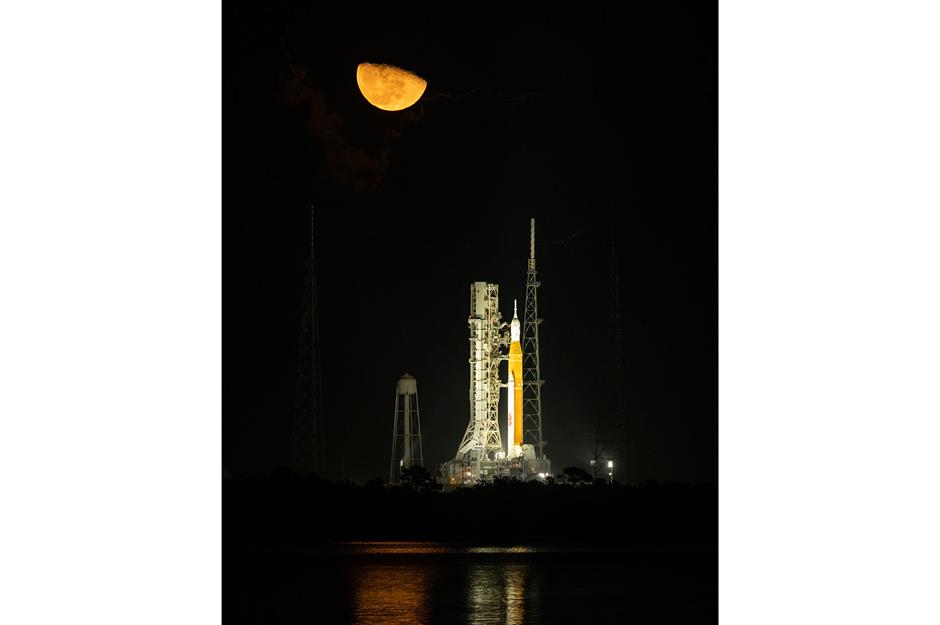
On 16 November 2022, from the Kennedy Space Center in Florida, NASA successfully launched the world's most powerful rocket, Orion, into space – on its way to the Moon. The launch marks the first leg of NASA's historic Artemis I mission, which will see the uncrewed Orion rocket travelling 40,000 miles beyond the Moon. If successful, it will bring NASA one step closer to sending humans to the lunar surface by 2025, for the first time in more than 50 years. Jim Free, NASA deputy associate administrator for the Exploration Systems Development Mission Directorate, said thanks to Orion, NASA is "on a path to explore farther in space than ever before for the benefit of humanity.”
Comments
Do you want to comment on this article? You need to be signed in for this feature